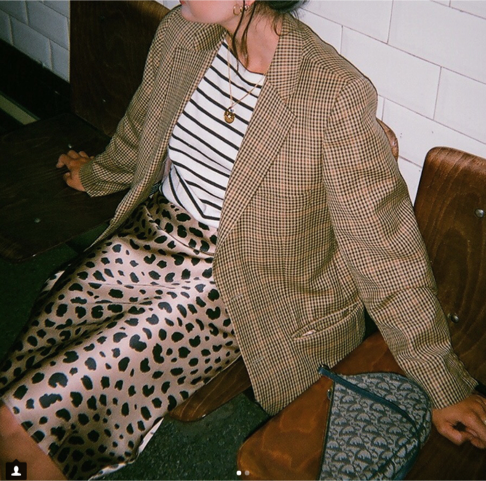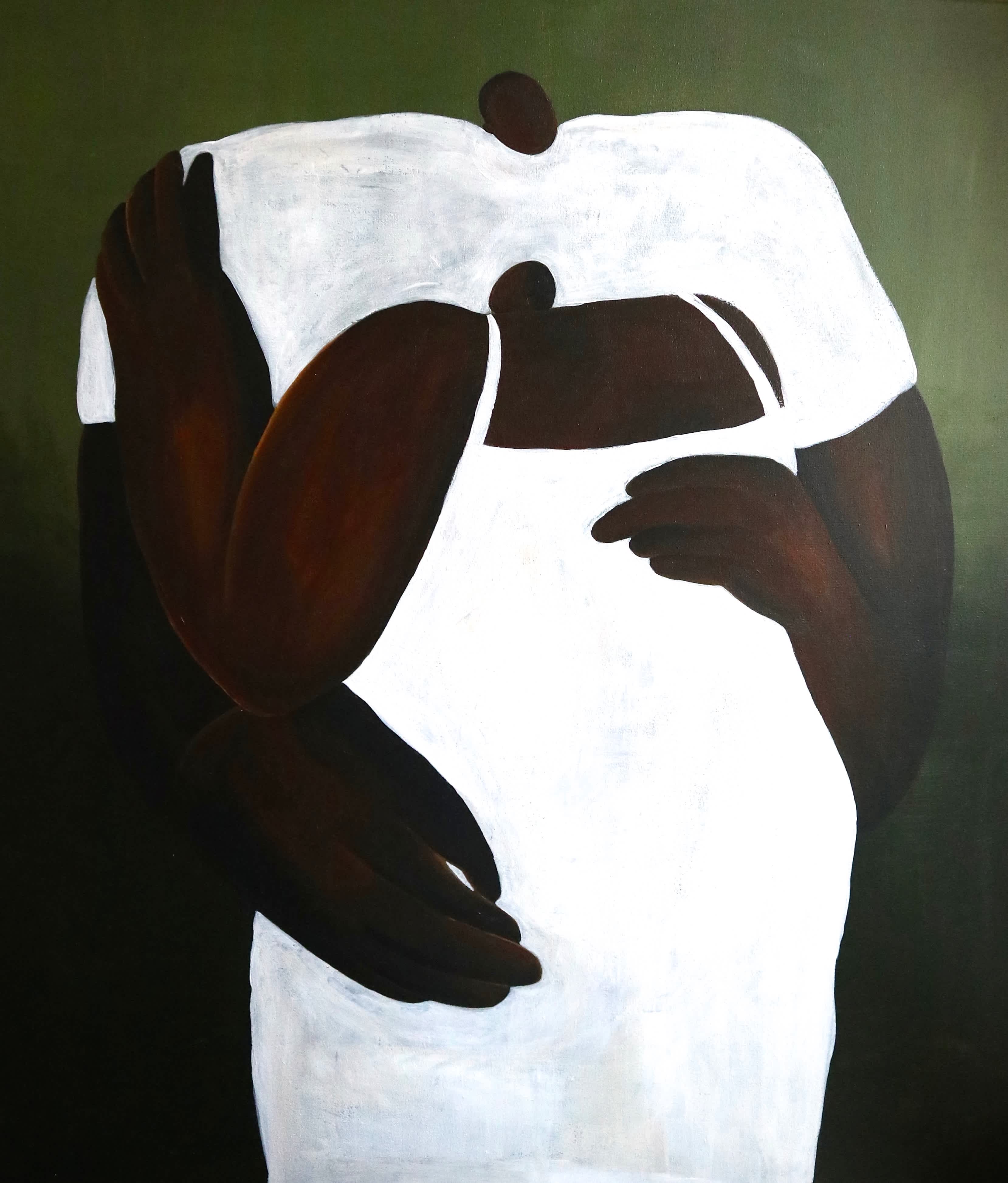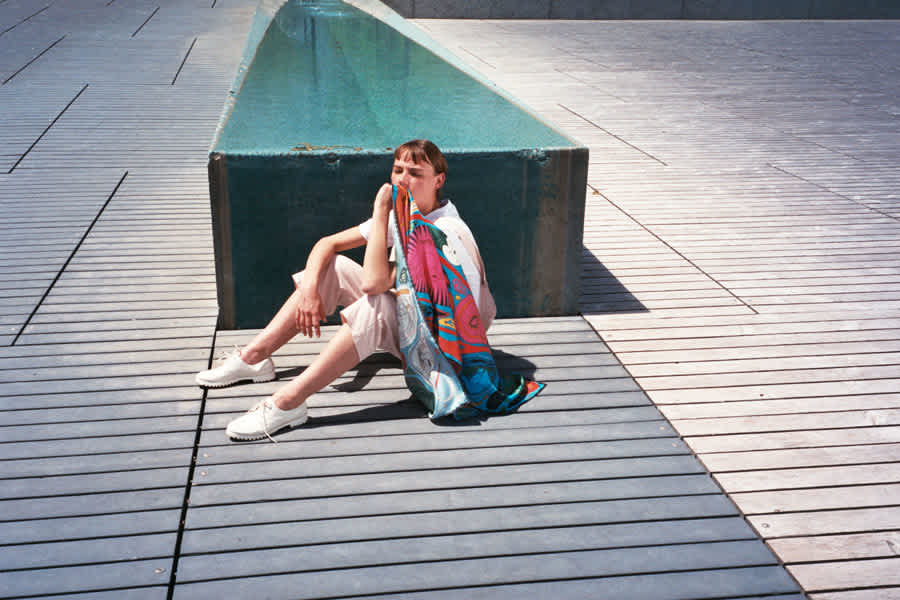
Q: Can you talk about how you first became interested in being a tattoo artist?
Laurie: I met Paolo Bosson, a tattoo artist, three years ago. We wanted to get something from each other while we were on holiday, as a memory. They were some small patterns from Miro’s work, and we had only needles and ink, so he taught me how to do handpoke tattoo. Then, I started to draw again, and some friends asked me for tattoos. It just kind of continued from there.
Q: You also do a bit of photography. How do you see photography and tattooing as art forms overlapping? Or, do you see them as completely separate entities?
Laurie: Yes, first I’m a photographer. I worked for brands and magazines, then the tattooing came. On Instagram, I post drawings and tattoos more, but I still do photography. For me, everything is connected. It’s the same subject with a different medium, and they are complementary. It’s like a loop. Photography brings forms, and forms bring designs for tattoos.
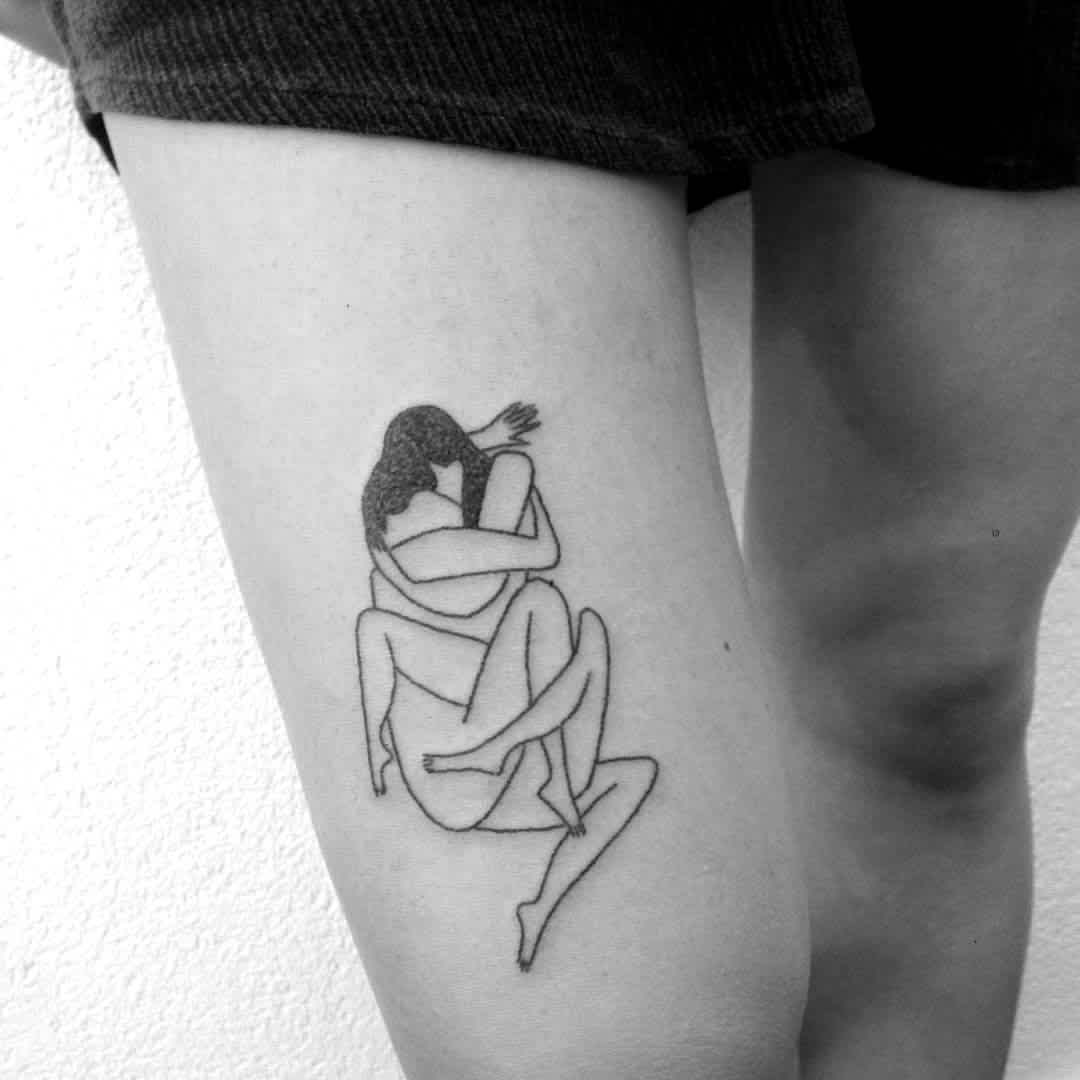
Q: Are all the tattoos you do hand poke tattoos? What draws you to this process rather than other tattooing techniques?
Laurie: Yes, all the tattoos are hand poke. I did my first tattoo with this technique, and I fell in love with it. I think it fits my personality. It’s kind of a meditation— it brings something different in the atmosphere, in the connection with your customer. There is no machine between you and them, no noise, it calms you down. Also, I like it because it’s not perfect, and imperfections gives life to my designs. I realized this when I tried with the machine. I was so disappointed by the result from the machine that I never gave it an other try.
Q: Your work has a very minimalistic and fluid style. The figures in your pieces seem to complete themselves almost, the lines giving just enough information for the viewer’s mind to complete the picture. How did your style develop?
Laurie: I think at the beginning I was not able to draw as well as I wanted, and this lake turned into a force. So, I just keep on going and drew more and more with bodies as a main subject.
Q: Do you have any artists or people who have influenced your style?
Laurie: Most of my influences comes from photography: pictures I see on the internet, Instagram, weird body positions. But, sure there are some artists I really like. Paolo Bosson is one because he works with decomplexion and poetry. I also have a big crush on @kim_mick_hee, a Seoul based tattoo artist, and Kyle England from NYC.
Q: How does the permanence of a tattoo affect the relationship between the subject and the art piece? I guess versus having a photograph or painting in your house that you can move or change.
Laurie: It’s different, for sure. I guess when you get a piece from someone there is an exchange of energy. You give a bit of yourself to your customer, but the opposite is also true. They give something to you. So, if the moment you spend with this person is nice and deep, or not even deep but true, they won’t just wear a piece of you, but they will also carry a bit of your soul. It’s not easy to explain with words, I hope this is understandable.
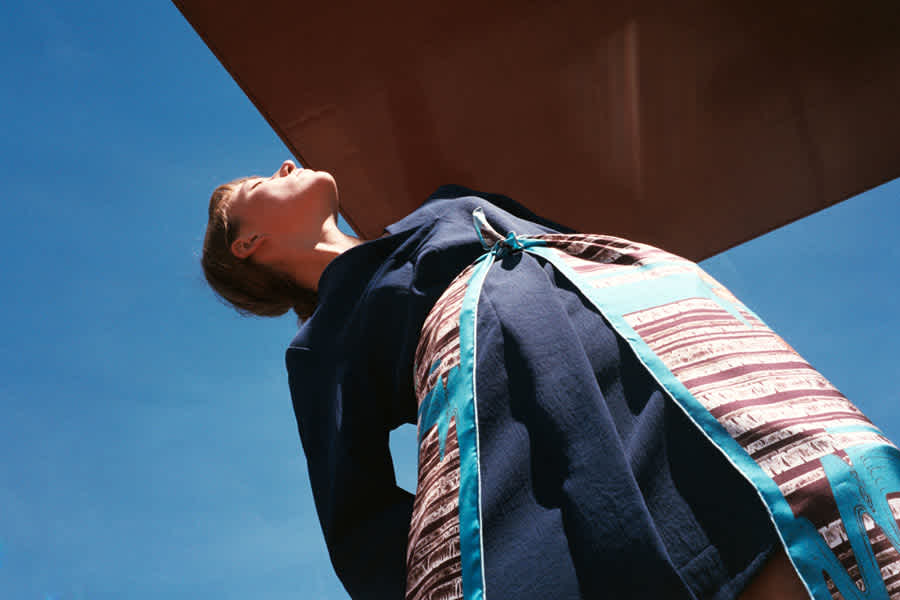
Q: Your art is being spread around the world through the people who get it tattooed on their bodies. Instead of someone coming in with a tattoo idea they want, they’re receiving a piece of your art. What are your thoughts on this? Is there something more special or different about tattooing your own art versus an idea from someone else?
Laurie: When you tattoo a design made by someone else, the people ask for your knowledge, not for your creativity. It’s a different approach. They will judge the result but not the design because it’s not yours, so it can be comfortable sometimes. When you tattoo your design, you engage your being. It’s another level of expectations— personal expectations— because your designs reflect a part of you. You expose yourself on someone’s skin. It’s beautiful and terrible at the same time. But, it’s definitely something powerful to let a part of you be on someone.
Q: How collaborative is the design process of your tattoos with the people getting them?
Laurie: Usually, I draw a lot, to give a lot of choice to my customers when they look through my portfolio. It’s rare for people to come with an idea, so I draw, propose different options, and then I tattoo.
Q: You travel often, spending weeks in places across the globe. Is this travel driven by the demand for you to give tattoos in these places? Or, are you traveling out of your own interests and find places to give tattoos while you’re there?
Laurie: It depends. Sometimes, I choose a destination because a lot of people from the same city are requesting a tattoo from me. Sometimes, I just want to go somewhere, so I plan the trip and then I try to see if people are interested to get tattooed.
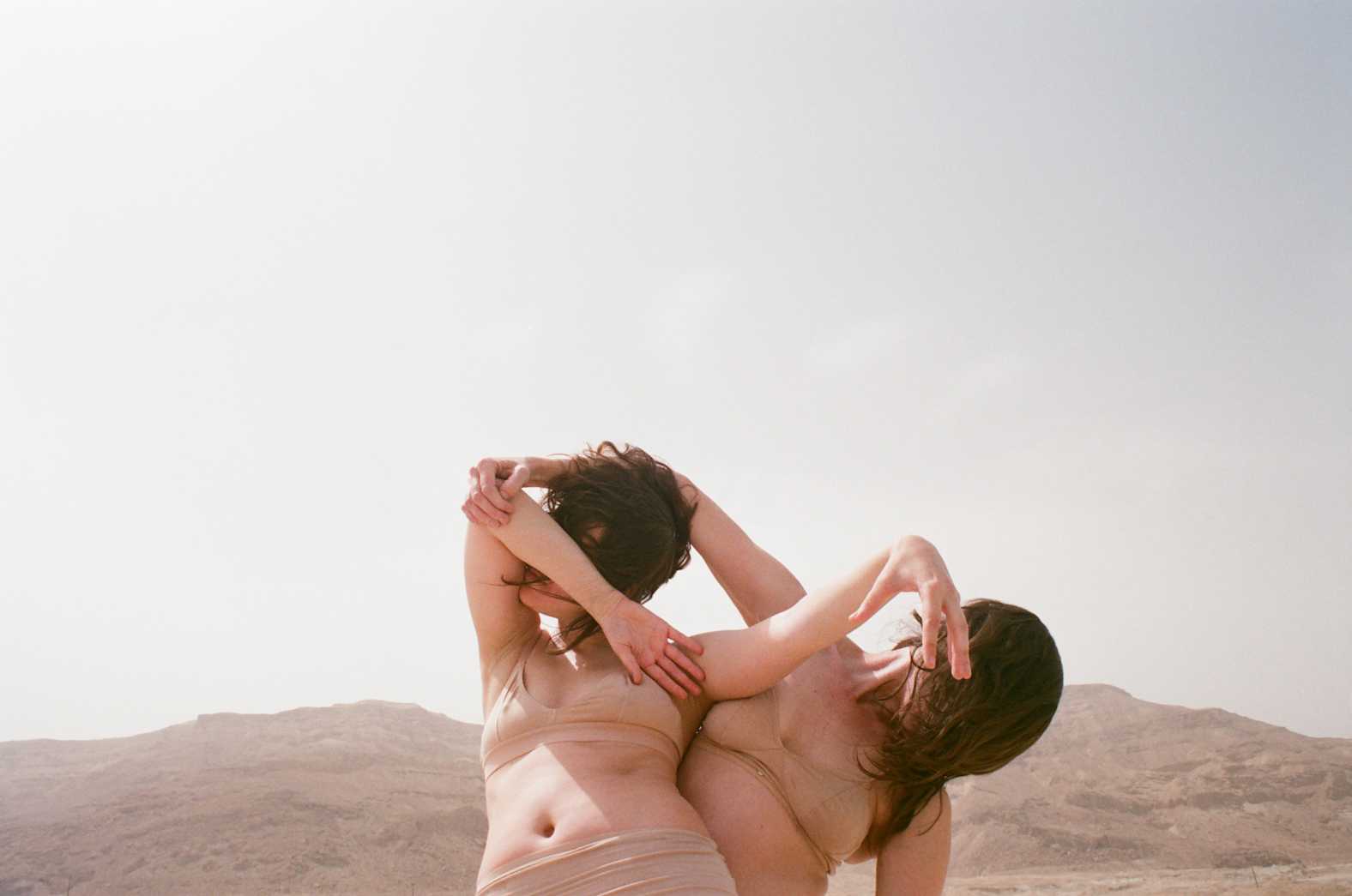
Q: What themes are you addressing in your work? Your art often contains single figures or sometimes multiple people. To me, I get a sense of the grace of the female body. Additionally, many of your pieces have a sort of intertwining of subjects making me think of intimacy and connectedness. Could you elaborate on the motivations for your works and themes?
Laurie: I would consider more my work as a tribute to the female body and by extension as a tribute to love. I’m fascinated by bodies, female bodies first because it’s the conductive wire in my work as a photographer. I started by taking pictures of my friends, and then this fascination stayed. Bodies are interesting because they can be simple lines but the relationships are a lot more complex. It’s beautiful. I like this contrast between drawing and life. And as you said my work is about intimacy and connection between people. But, there’s no speech about feminism in my work.
I know it’s in the air at the moment, but I don’t like how aggressive this movement can be. I’m for equality between men and women— I like being a woman— but I think what is happening now is definitely bad for our relation with men. I don’t want my work to be seen as a banner for the feminists.
Vulnerability is beautiful, and as women we know how to use it. I understand the fight, but I don’t want to be part of it. Fighting for me is like giving force to this situation, it doesn’t bring something positive. I’m not denying the fact that there is something wrong in our society, I just think we should be more connected to each other than dig a hole of incomprehension and anger. So, I connect bodies, lines, and then you see what you want in my drawings. If it can help women to feel powerful and comfortable with their body I’m happy, and if men find a part of their femininity in my tattoos, I’m also happy.
Q: How can tattoos serve as an extension of identity — either the artist’s or the subject’s?
Laurie: Tattoos for me are connected to memories. It’s like a diary of your life. But there are different approaches, I guess. Tattoos can give you power and protection, among other things. In every case, it’s for sure an extension of identity.
Q: How has this art form allowed you to grow as a person? What have you learned about yourself and/or others since you started?
Laurie: I’ve learned many things through tattooing, including patience and how to deal with people and feelings. While you’re tattooing, you enter into a really private zone. You can have this also when you take pictures, but it’s so far from what you feel when you tattoo someone. In tattooing, you work with skin and blood— it’s really primal, intimidating sometimes. It’s a lot of pressure. But, the most important thing for me was to realize that you never fully know the person under your needle.
